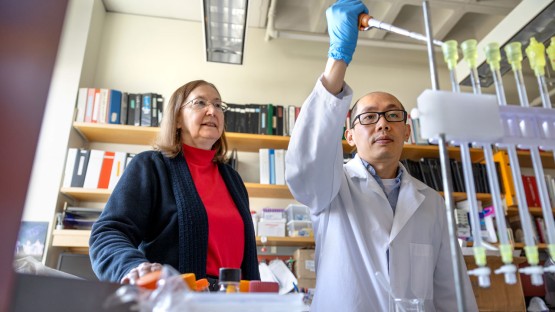little-soldier
Active member
Hello everyone,
I am looking into speeding up the photosynthesis in my plants to get the same results of CO2 without CO2. Apparently cyanobacteria increases photosynthesis and after doing a little research, it seems to be mostly associated with root slime/rot. Now i don’t know if Its a specific strain that causes root problems but i was wondering if anyone has any info about using it to speedup photosynthesis.
Thx
I am looking into speeding up the photosynthesis in my plants to get the same results of CO2 without CO2. Apparently cyanobacteria increases photosynthesis and after doing a little research, it seems to be mostly associated with root slime/rot. Now i don’t know if Its a specific strain that causes root problems but i was wondering if anyone has any info about using it to speedup photosynthesis.
Thx





